Alaskan Peonies: Lessons from the Frontier State on a Blossoming Industry
How an experimental field in Fairbanks brought new industry to Alaska.
Alaskan Peonies: Lessons from the Frontier State on a Blossoming Industry
How an experimental field in Fairbanks brought new industry to Alaska.
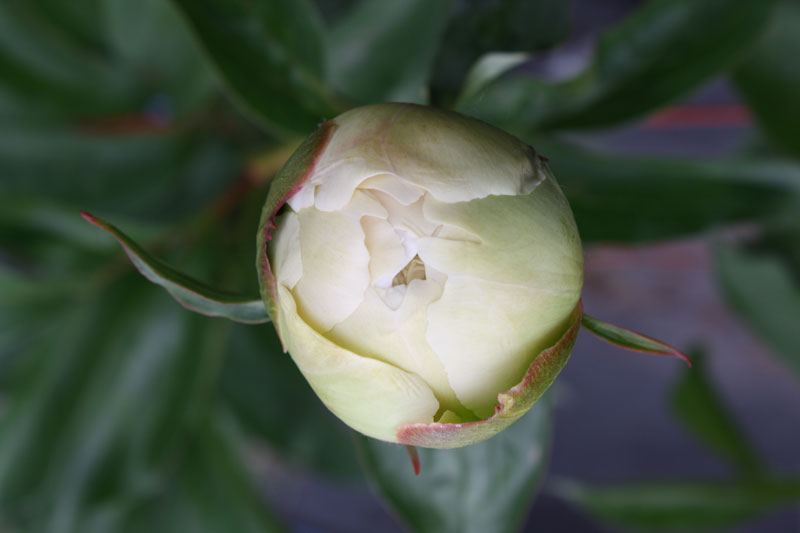
But Alaska’s isolated location and small population limit the markets for these products. “You can only sell so many tomatoes,” says Dr. Patricia Holloway, a horticulturist recently retired from the University of Alaska Fairbanks (UAF).
Holloway spent her career at UAF researching potential Alaskan crops for small farmers, and her research led to the state’s first ever successful horticultural export: peonies. According to the Alaska Peony Growers Association, the number of peony farms in the state went from zero in 2004 to more than 200 in 2014. The flower even drew the attention of the state’s legislature last year in a vote that declared July officially “Alaska Peony Month.”
If you ask Dr. Holloway how the peony boom began, she’ll probably tell you that it was accidental. She’s being modest. The new industry is the result of years of experimenting, networking with other researchers and experts, and talking with farmers. It’s an illustration of the integrative research and extension work that Holloway devoted her career to.
“Fifteen years ago,” she says, “all I knew about peonies was that they were my favorite flower in the garden.” That changed after Holloway mentioned her garden peonies at a conference; when she noted that peonies in Alaska bloom in July and August she caught the ear of an Oregon flower grower, who explained to Holloway that the flower’s growing season extends from April to July in the Northern Hemisphere (Holland) and September to January in the Southern Hemisphere (New Zealand and South America). If peonies could be grown as a field crop in Alaska, Holloway learned, the flower could fill a niche – one that happens to coincide with peak wedding season in the continental United States.
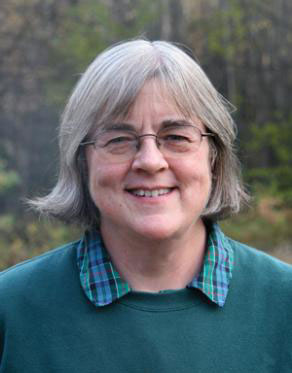
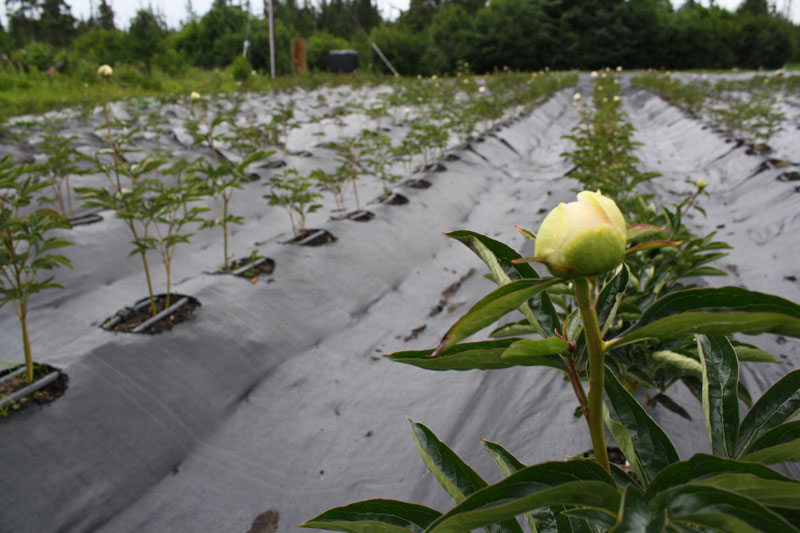
Holloway knew that peony bushes grew beautifully in Alaskan gardens – but could the flowers be grown as a viable export crop? She wrote a grant to set up a demonstration plot at UAF’s Georgeson Botanical Garden. When that came through, in 2001, she planted the first experimental field of Alaskan peonies. She spent ten years experimenting with different varieties, growing methods, and disease and rot prevention and – through her experimentation and collaboration with experts and researchers around the world – found several varieties that grew well in the field and established basic growing guidelines for Alaskan growers.
“Two years into the project a guy from London called and wanted 2,000 peony stems a week,” Holloway says. “He confirmed that the market existed.”
The strategy – demonstrate, then educate – was not new for Holloway. She spent her career looking at potential horticulture crops and markets for Alaskan producers. Much of her work focused on Alaskan wild berry cultivation and value-added products, like jams and preserves. “My job at the experiment station was to find out what we could grow and how we could grow it so that a small farmer in Alaska could do it and make a little bit of money,” she says. Her research always began with the farmer in mind. “If there’s not a need, growers aren’t going to waste their time,” she says.
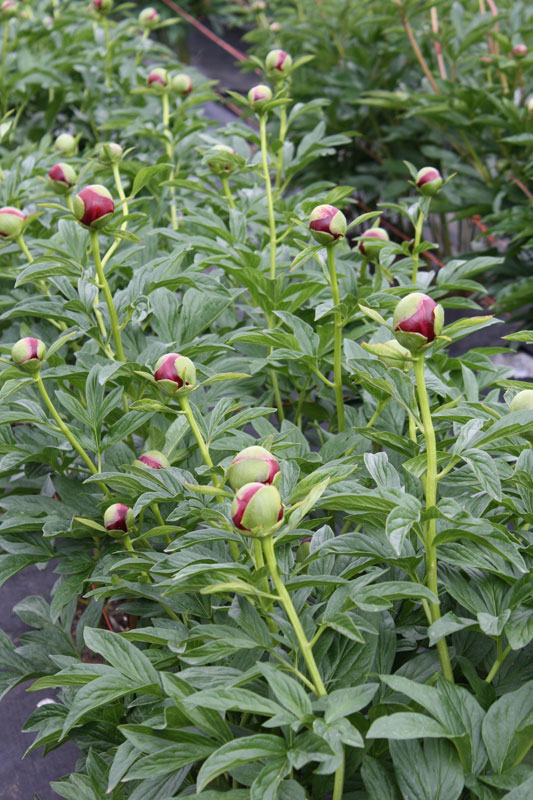
Holloway’s philosophy reaches back to the beginnings of agricultural extension, to the work of Seaman A. Knapp. In 1886, Knapp, who is known as the father of extension, moved to Louisiana where he began using methods of demonstration to help cotton farmers fight boll weevil infestations. The success of his first demonstration plot earned Knapp the support of the USDA. Soon, he was leading a team of the first extension agents throughout the south to set up similar demonstration plots in concert with local farmers. In a 1907 speech, Knapp explained his method. “Can agricultural conditions be changed by simply talking? No. By demonstration? Yes.”
Knapp recognized that even methods shown to work in the fields wouldn’t be taken up without a strong relationship with the farming community. He advised his agents not only in growing methods, but also public relations. “Never put on airs,” he said. “Be a plain man, with an abundance of good practical sense. Put your arguments in a sensible, practical way.”
More than one hundred years later, Holloway echoes this strategy. After you’ve demonstrated the work, she says, “you learn to be creative in how to get your message across without being disrespectful.”
Holloway treats local farmers as colleagues, not students. These strong relationships helped catalyzed the peony business in Alaska. Rita Jo Shoultz, owner of one of the state’s largest peony farms, Alaska Perfect Peony, explained how she got started with the flower: “Pat is a good friend of mine. We were having lunch one day and she said ‘I think you should give [peonies] a try.’ I already had a greenhouse business and I was selling 500 varieties of trees, shrubs, and roses. She knew I already knew how to grow. I said sure, why not, and put 3,500 peonies out, thinking I’d just experiment with them.” Nine years later, Shoultz has 15,000 peony bushes in her fields. Her trust in Holloway led to the complete transformation of her business from a local nursery to a peony farm that ships buds all over the world.
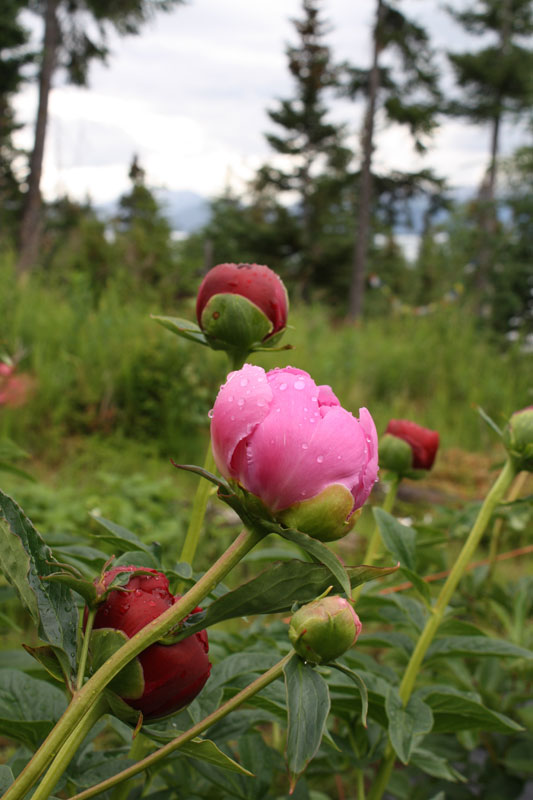
The enthusiasm is catching. With new peony farms popping up throughout the state, growers decided to get together and found the Alaska Peony Growers Association, the first farmer-organized association in Alaska. Each year, the group holds a conference to share information and resources with new and potential growers. Holloway continues to collaborate with farmers. “It’s great fun,” she says. “We have growers all over the place. My hat is off to everybody who has taken the challenge. The growers are the real heroes.”
Holloway stresses that the peony movement is an example of how university research and extension services can serve local farmers. “It matters that it’s local and that there’s one-on-one trust,” she says. She worries that the underpinnings of agricultural extension – the opportunity for demonstration and researcher-farmer interaction, which were pioneered by Knapp – are being lost with the advent of virtual services. For Holloway, the beauty of agricultural extension is the opportunity to pursue research and programming that serves the local community. “Where else,” she asks, “Can you take a course on canning walrus meat?” In the place-based pursuit of agriculture, local knowledge is invaluable. Without it, the peony boom would have never begun.
Follow us
This work is licensed under a Creative Commons Attribution-NoDerivatives 4.0 International License.
Want to republish a Modern Farmer story?
We are happy for Modern Farmer stories to be shared, and encourage you to republish our articles for your audience. When doing so, we ask that you follow these guidelines:
Please credit us and our writers
For the author byline, please use “Author Name, Modern Farmer.” At the top of our stories, if on the web, please include this text and link: “This story was originally published by Modern Farmer.”
Please make sure to include a link back to either our home page or the article URL.
At the bottom of the story, please include the following text:
“Modern Farmer is a nonprofit initiative dedicated to raising awareness and catalyzing action at the intersection of food, agriculture, and society. Read more at <link>Modern Farmer</link>.”
Use our widget
We’d like to be able to track our stories, so we ask that if you republish our content, you do so using our widget (located on the left hand side of the article). The HTML code has a built-in tracker that tells us the data and domain where the story was published, as well as view counts.
Check the image requirements
It’s your responsibility to confirm you're licensed to republish images in our articles. Some images, such as those from commercial providers, don't allow their images to be republished without permission or payment. Copyright terms are generally listed in the image caption and attribution. You are welcome to omit our images or substitute with your own. Charts and interactive graphics follow the same rules.
Don’t change too much. Or, ask us first.
Articles must be republished in their entirety. It’s okay to change references to time (“today” to “yesterday”) or location (“Iowa City, IA” to “here”). But please keep everything else the same.
If you feel strongly that a more material edit needs to be made, get in touch with us at [email protected]. We’re happy to discuss it with the original author, but we must have prior approval for changes before publication.
Special cases
Extracts. You may run the first few lines or paragraphs of the article and then say: “Read the full article at Modern Farmer” with a link back to the original article.
Quotes. You may quote authors provided you include a link back to the article URL.
Translations. These require writer approval. To inquire about translation of a Modern Farmer article, contact us at [email protected]
Signed consent / copyright release forms. These are not required, provided you are following these guidelines.
Print. Articles can be republished in print under these same rules, with the exception that you do not need to include the links.
Tag us
When sharing the story on social media, please tag us using the following: - Twitter (@ModFarm) - Facebook (@ModernFarmerMedia) - Instagram (@modfarm)
Use our content respectfully
Modern Farmer is a nonprofit and as such we share our content for free and in good faith in order to reach new audiences. Respectfully,
No selling ads against our stories. It’s okay to put our stories on pages with ads.
Don’t republish our material wholesale, or automatically; you need to select stories to be republished individually.
You have no rights to sell, license, syndicate, or otherwise represent yourself as the authorized owner of our material to any third parties. This means that you cannot actively publish or submit our work for syndication to third party platforms or apps like Apple News or Google News. We understand that publishers cannot fully control when certain third parties automatically summarize or crawl content from publishers’ own sites.
Keep in touch
We want to hear from you if you love Modern Farmer content, have a collaboration idea, or anything else to share. As a nonprofit outlet, we work in service of our community and are always open to comments, feedback, and ideas. Contact us at [email protected].by Kelly Hatton, Modern Farmer
April 7, 2016
Modern Farmer Weekly
Solutions Hub
Innovations, ideas and inspiration. Actionable solutions for a resilient food system.
ExploreExplore other topics
Share With Us
We want to hear from Modern Farmer readers who have thoughtful commentary, actionable solutions, or helpful ideas to share.
SubmitNecessary cookies are absolutely essential for the website to function properly. This category only includes cookies that ensures basic functionalities and security features of the website. These cookies do not store any personal information.
Any cookies that may not be particularly necessary for the website to function and are used specifically to collect user personal data via analytics, ads, other embedded contents are termed as non-necessary cookies.